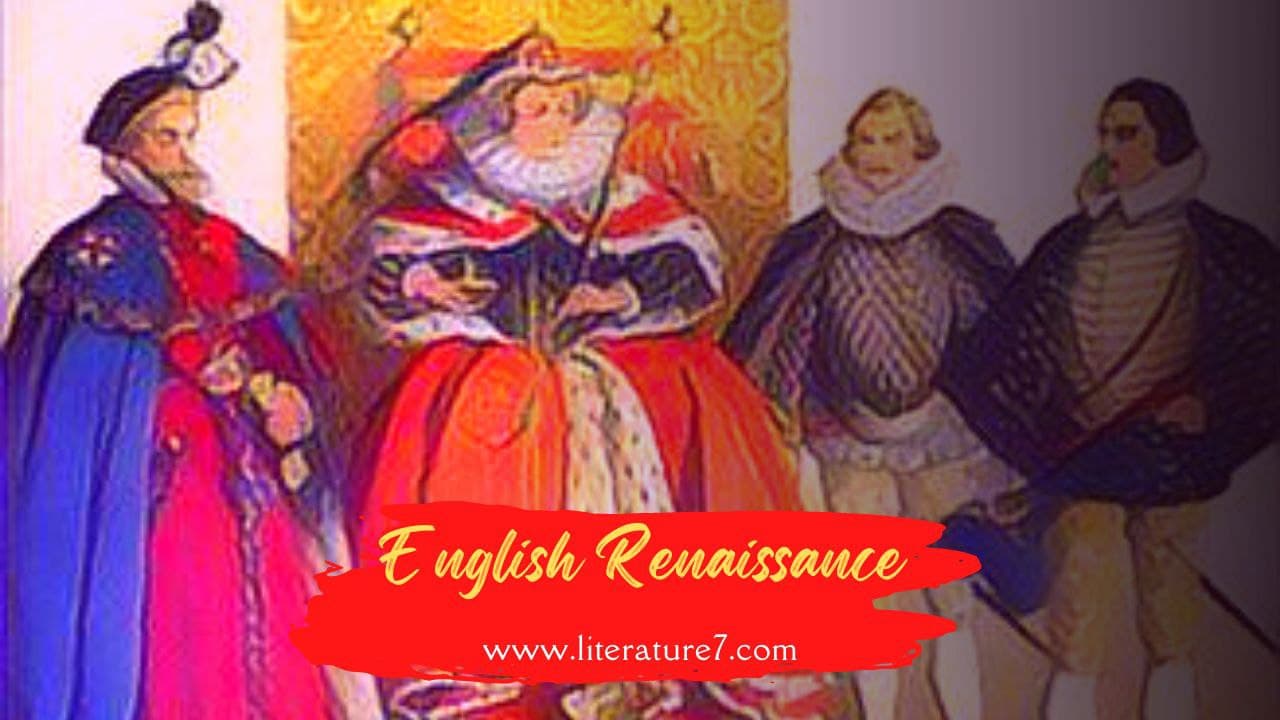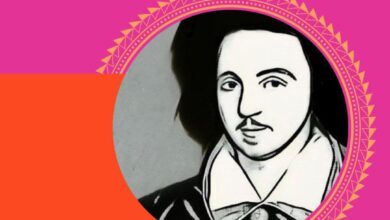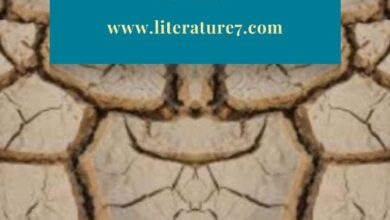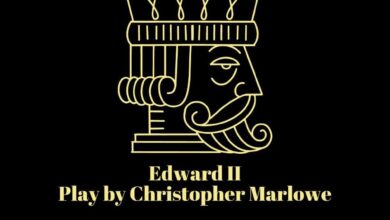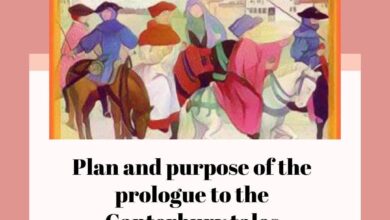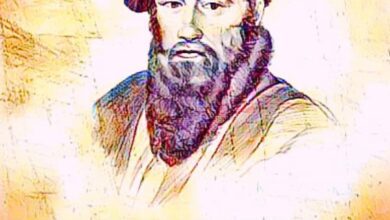Describe the impact of the renaissance on the english language | Describe the unique features of the English Renaissance

The English Renaissance began in 1485, with King Henry VII‘s accession to the English throne. However, as a phenomenon affecting Europeans, it started nearly two centuries earlier in Italy, with the two most popular names identified with their origins being Petrarch (1304-74) and Boccaccio (1313-75). The revolution began in Italy and spread to Germany, Spain, France, the Netherlands, and England.
The Renaissance started with a renaissance in classical learning, dubbed “humanism.” It may have been helped by the Turks’ conquest of Constantinople in 1453 and the subsequent migration into Italy of Greek scholars bearing their surviving classical manuscripts. However, the study of Greek began earlier in Western Europe. It was undoubtedly accelerated by the invention and growth of printing, which enabled disseminating information, ancient and contemporary, unparalleled in the world’s history.
The Renaissance: Its Meaning
The word “Renaissance” appears to have been coined by French historian Jules Michelet in his 1855 book Histoire de France. Other scholars quickly seized the opportunity. While all have acknowledged its general usefulness as a representation of a particular historical period, none have been able to describe it; the controversy about its significance continues to this day. It has been portrayed as the world’s birth and man’s discovery, as an age of unbridled individualism in life, thought, religion, and art. Recently, researchers discovered that these characteristics were present in various people and locations in the Middle Ages. Numerous features long considered to be medieval persisted into the Renaissance, effectively negating the Renaissance’s existence.
Read more Critical analysis of songs of innocence and experience
The medieval world’s ostensibly settled notions were never immune to challenge, and new vistas of human potential were continually revealed. As a result, historians sometimes refer to “Renaissances” rather than a single “Renaissance.” They refer to the ninth and twelfth centuries’ “Renaissance.” Some go so far as to say that there is no evidence to support a distinction between the medieval and Renaissance worlds.
However, this is taking it too far. The Renaissance was both a product of feudal culture and a response to it. We can see that some distinct attitudes were prevalent during Shakespeare’s period that was not present during Chaucer’s. We can connect to the political, economic, and intellectual changes occurring in Europe. One can recognize many events and discoveries during the Renaissance and dramatically altered the intellectual classes’ views, development, and way of life.
By and large, we can agree that the Renaissance period was characterized by rapid commercial growth, new scientific discoveries, strong political nationalism, and theological controversy. Perhaps the most defining feature of its intellectual existence was an element of uncertainty—the dismantling of old convictions, the groping for the old in the face of the fresh.
Marlowe is regarded as a poet of the English Renaissance, a period that, for historical convenience, begins with King Henry VII‘s accession to the English throne in 1485. During his and his son’s reigns, arts and learning, which had been stifled during the long years of the Wars of the Roses, became a primary royal concern for the first time. During the reign of his granddaughter, Queen Elizabeth I, English poetry and drama achieved what could be their pinnacle of excellence.
It is difficult to pinpoint the end of the English Renaissance; some contend that it never ended and continues to thrive today. We can trace its decline to the death of King James I in 1625–even though John Milton, who was only seventeen at the time, was still very much a Renaissance poet. However, by 1625, the English Renaissance’s most important literary achievements had been written; the distinctive attitudes associated with the Elizabethan era were challenged by new ones, often beyond Shakespeare’s conception. The modern works had been developed.
Factors Responsible for the coming of the Renaissance in England
The most important event that marks the start of the English Renaissance is the European invention of movable type printing. As mass-produced books supplanted hand-crafted manuscripts, the appearance of a vast reading audience occurred. Thus, the Renaissance was sparked by a revival in learning and disseminated through the medium of printing.
The growing interest in classical learning, the expansion of trade and commerce with distant lands, and the rush for gold, a series of extensive voyages and explorations by the Dutch, Spanish, French, and English, the growing interest in everyday life, the rise of nationalism, and a new spirit of individualism were the primary characteristics generated by the new spirit of the reign. The English people replied to the Renaissance spirit, which, despite its external origins, was quiet and in tune with the latent forces of the English mind, serving to awaken them.
See more Critical appreciation of william hazlitt essay On Nicknames
The English, great explorers that they were, traveled to the West Indies and down the South American coast, returning with ships laden with bars of silver and gold, heaps of pearls, sapphires, opals, and grass green emeralds, gleaming silks, and fragrant spices-botty that not only encrusted the nobles’ garments but also found its way into the barbaric profusion with which Othello won the heart of Desdemona. And as they listened to their tales and gazed upon the amazing plunder of the New World, their imaginations were sparked, and a curious breath of wonder filled the air, which found expression in their literature.
Following the English victory over the Spanish Armada, the national spirit in England reached delirious heights of self-confidence comparable to Greece’s exaltation following Salamis. Chapman exults in the voice of youthful imperialism, for whom the whole planet serves as prey.
Individualism and worldliness were born during the Renaissance. These were the same characteristics of classical Greek literature that attracted Renaissance men. The ancient Greek was a worldly man because he focused his whole life and hope on this present world rather than on a future one. Additionally, Greek literature demonstrates that the ancient Greeks possessed a deep sense of individualism. The Greek literary voice was that of egalitarian and individualistic Athens, not Sparta’s regimented anthill. As a result of this individualism, Renaissance men were free to make their own choices, whether correct or incorrect, and this independence was expressed in Marlowe’s plays.
Marlowe met an untimely demise in this manner. He was assassinated in a country pub one day after writing such “revolutionary” plays as Edward II and Richard II, in which kings are deposed and murdered, and after contributing, along with the famously discontent Sir Walter Raleigh, to what was considered a politically dangerous society. Elizabeth had not forgotten the Wars of the Roses, and she had no intention of resurrecting such anarchy.
Individualism’s other distinguishing characteristic was its focus on the well-rounded guy. If a man is merely a unit in a social mass, he has a strong duty to be as similar as possible to the other units. But, if a man is an end in himself, there is meaning in his differences, in his uniqueness. Additionally, he should be complete, with all of his potentialities created, rather than a mere specialist who other specialists must complete.
The Renaissance courtier was expected to fence, ride, read Latin and Greek, coordinate a city’s seizure, and write a graceful sonnet to a woman. Worldliness is intrinsically linked to overall growth in that it manifests as a desire for all the experiences this world has to offer. Marlowe’s plays, Bacon’s prose, and Spenser’s poetry are the best expressions of this-worldliness in the Elizabethan age.
The English Renaissance literature is divided into four periods:
(1) The period of preparation (1500–79)—this was the Renaissance’s youth; (2) The Elizabethan era (1579–1602) was the Renaissance’s manhood ; (3) The Jacobean period (1603–1625) was the English Renaissance’s middle age. Elizabethan literature embodied the Renaissance spirit, characterized by a richness of national life, a thirst for knowledge, a spirit of adventurous adventures, and an ambition to do great things. Gradually, the Renaissance’s spell wore off, and people’s dreams were shattered.
Related Contribution of university wits in english literature
The Renaissance elevated man’s aspirations to the most glorious potentialities within him, only to dash them again in the darkest pessimism until he recognized his limits, at which point life became “a tale told by a fool, full of sound and fury and meaningless.” Shakespeare chimes the note of religious or social disillusionment. King Lear’s following lines express his contempt for the social order of his day.
Renaissance effects on Literature
The Renaissance’s multifaceted intellectual activities were thoroughly expressed in sixteenth- and seventeenth-century literature. Malory’s Morte D’Arthur, Erasmus’ Praise of Folly, and Sir Thomas More’s Utopia were instrumental in ushering in the English Renaissance, which reached its zenith during the reign of Elizabeth. These three prose authors lauded the Renaissance and used their pens to combat vice, ignorance, and superstition, humanity’s three adversaries. Utopia, according to More, was the “real prologue to the Renaissance.”
Bacon’s prose writings are the true embodiment of the English Renaissance’s materialistic and Machiavellian strands in the sixteenth century. The Essays bring Bacon’s mind into direct contact with that of ordinary readers. Bacon writes in these Essays as a bystander to the game of human affairs. They are manifestations of wisdom that result from a shared understanding of the world’s affairs. The Essays are the most complete and exquisite expression of the practical knowledge he gained through study, practice, and meditation. They constitute a manual of practical experience, containing the briefest maxims demonstrating an astounding wealth of knowledge.
Sir Thomas Wyatt and Henry Howard, Earl of Surrey, were the forerunners of modern English poetry. These two diplomats carried the modern Renaissance spirit from Italy and breathed it into Tottle’s Miscellany, which is widely regarded as a seminal work of English literature. They infused English poetry with a fresh sense of grace, integrity, and unity that the Scottish and English Chaucerians lacked. They popularised sonnet poetry and blank verse poetry in England. Spenser embodied the Renaissance spirit to the hilt. He has been dubbed the “touchstone of English poetic sensibility.” Spenser is an excellent embodiment of the Renaissance ideal of adventure and active life as embodied in The Faerie Queene.
The ‘University Wits‘ dramas brim with Renaissance spirit. John Lyly’s Euphues and Greene’s short novels, both based on Italian stories, were popular with the leisured reading public of the day. Marlowe has been dubbed “the real child of the Renaissance” by the University Wits. We see a full-blooded manifestation of the entire age in his four plays, Tamburlaine the Great, Dr. Faustus, Edward II, and The Jew of Malta. His works exemplify how the Renaissance people thought and lived.
Tamburlaine the Great embodies the earthly pleasures kept sacred by Renaissance men. Liberty, for the later Elizabethan dramatists, meant unrestricted license. Ben Jonson kept this in check for a while, but after him, the stage became a playground for melodramatic horrors that appealed to either the court or the general public. Ben Jonson’s successors lacked broad charity and spiritual wisdom but wrote dramas of blood and terror and staged evil and licentious scenes, prompting both houses of Parliament to vote in 1642 to close theatres as breeding grounds for immorality.
